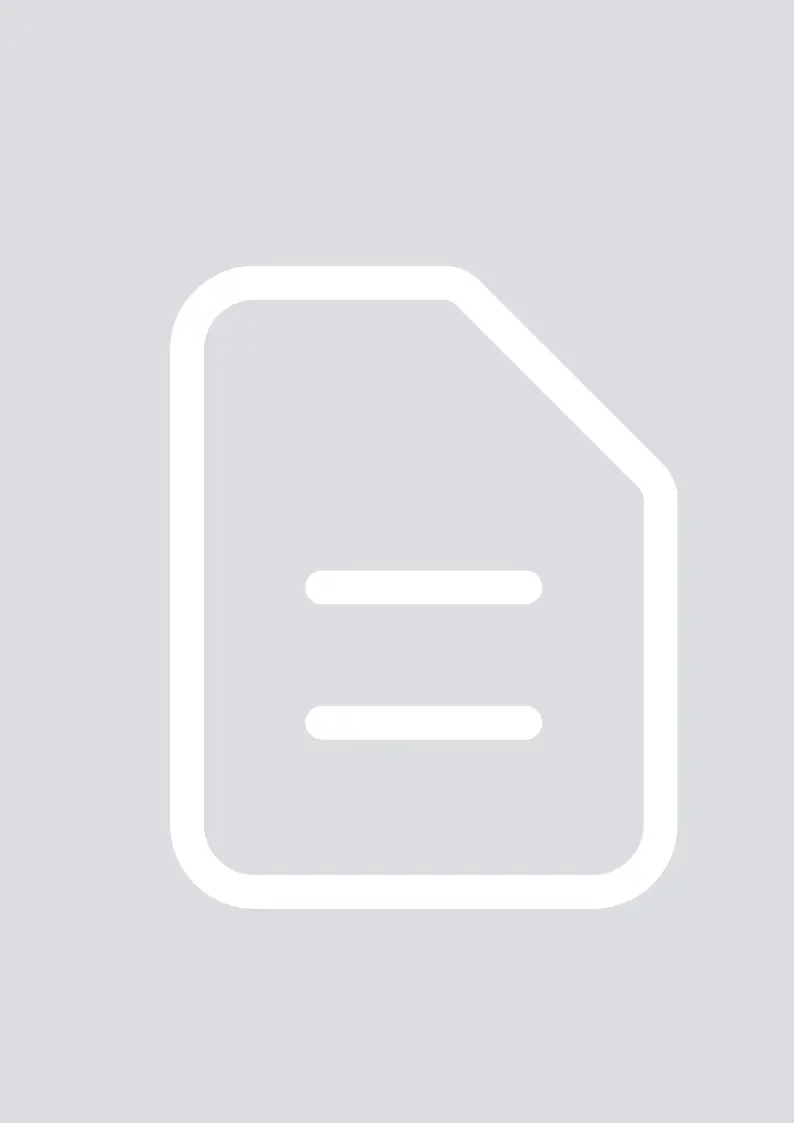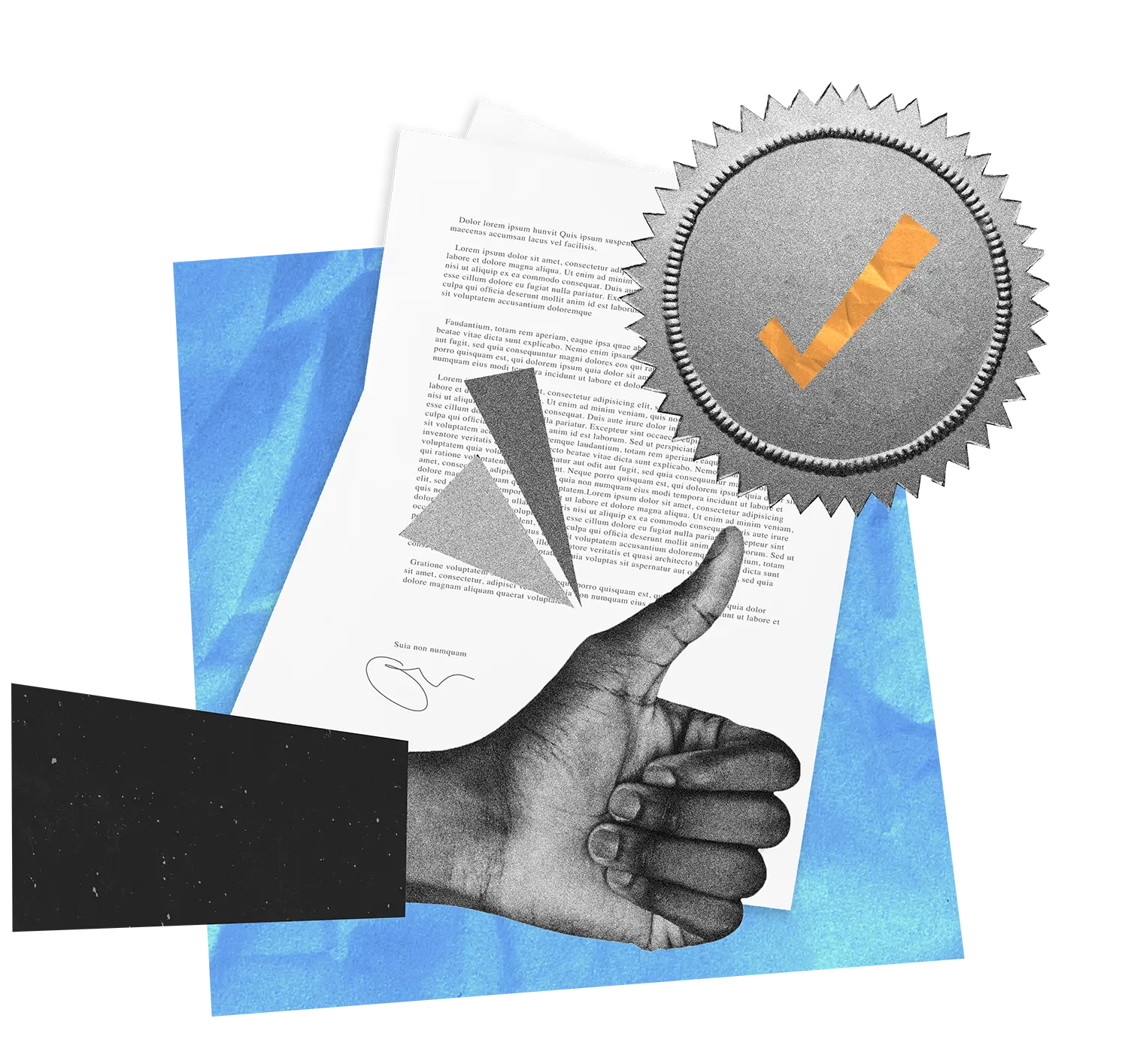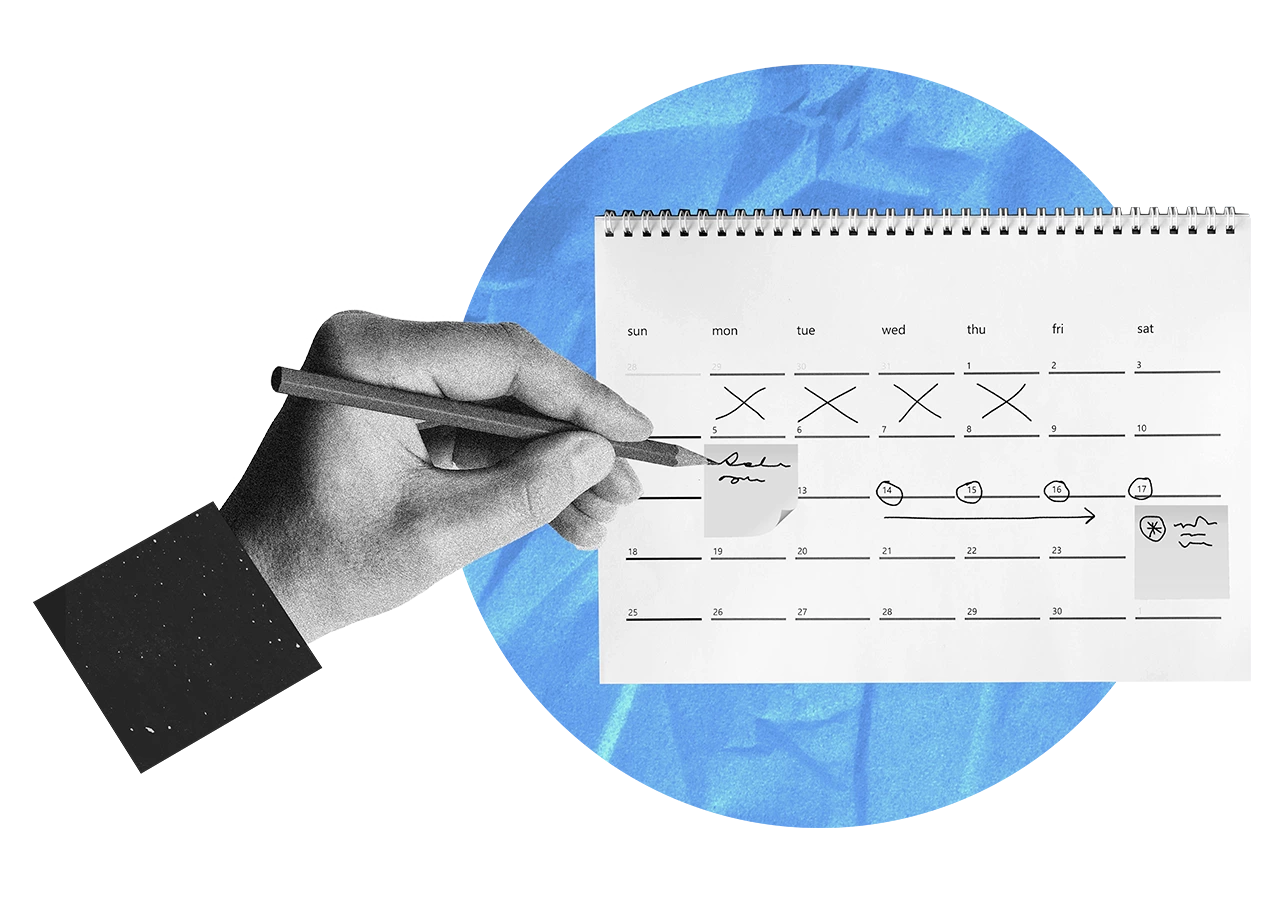This brief overview of the High Level Reporting Mechanism explains what the HLRM is and how it is designed to address bribery solicitation, suspicious behaviour and other similar concerns in public tenders. It includes a list of benefits of the HLRM plus short case studies from Ukraine and Colombia.
Related publications
Guidelines, Report
Engaging the private sector in Collective Action against corruption: A practical guide for anti-corruption agencies in Africa
2024 | Basel Institute on Governance
Guidelines
Engaging the private sector in Collective Action against corruption
2022 | Basel Institute on Governance
Article, Commissioned study, Report
The G20’s responsiveness to B20 anti-corruption recommendations 2010–2017. Part I: Baseline report
2020 | Basel Institute on Governance
Report
Anti-corruption Reforms in Eastern Europe and Central Asia: Progress and Challenges, 2016-2019
2020 | OECD
Commissioned study, Report
Tackling Bribe Solicitation Using the High-Level Reporting Mechanism for Preventing Bribery
2020 | OECD
Report
Mainstreaming Collective Action: Establishing a baseline
2020 | Basel Institute on Governance
Report
Roundtable on the pilot High Level Reporting Mechanism in Argentina
2018 | Basel Institute on Governance
Working paper
Working Paper 25: High Level Reporting Mechanisms: A comparative analysis
2018 | Basel Institute on Governance
Article
The High Level Reporting Mechanism (HLRM) – A tool to help prevent bribery and related practices
2017 | OECD, Basel Institute on Governance
Working paper
Working Paper 19: High Level Reporting Mechanisms in Colombia and Ukraine
2015 | Basel Institute on Governance
Guidelines
Designing a High Level Reporting Mechanism for Business - A Guidance Note for Governments
2015 | Basel Institute on Governance












